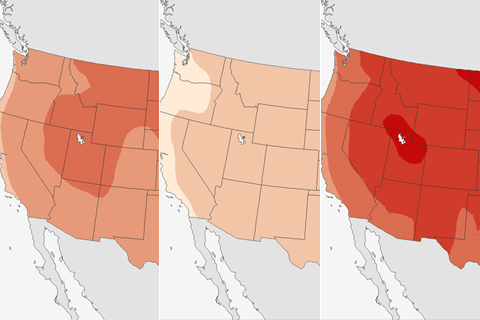
Despite uncertainties around future precipitation change, it is clear that as temperatures rise in Colorado, the state is expected to face significant challenges to managing water resources, according to a new report.
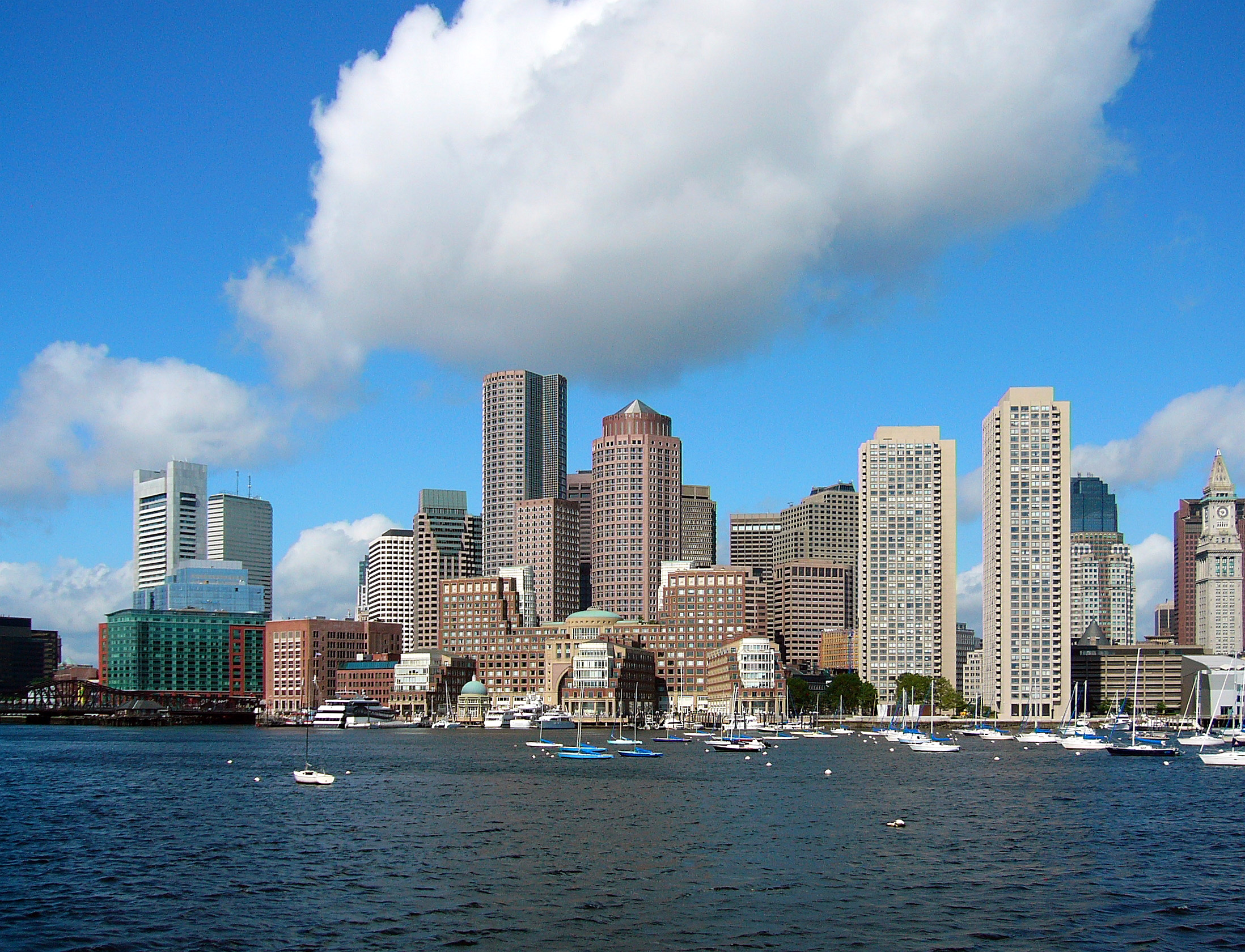
Brian Swett, Chief of Environment, Energy, and Open Space for the city of Boston, talks about maintaining the city's historic heritage while planning for the future.
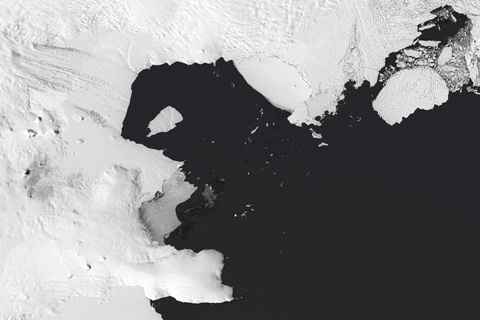
Why on Earth are climate scientists so interested in the West Antarctic ice sheet? This remote region of the seventh continent has been the subject of many recent research explorations--the results of which have been described in the news with words like “collapse,” “irreversible,” and “huge.”
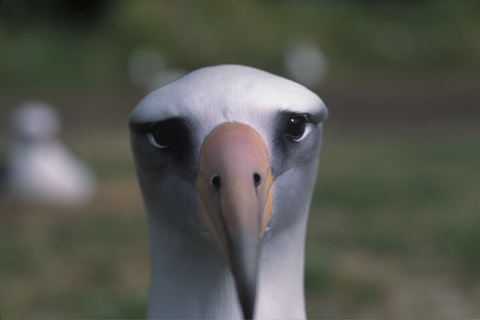
Jacqueline Kozak Thiel, Hawaii's State Sustainability Coordinator, talks about the state's unique sustainability challenges and how the island chain is planning for climate change.
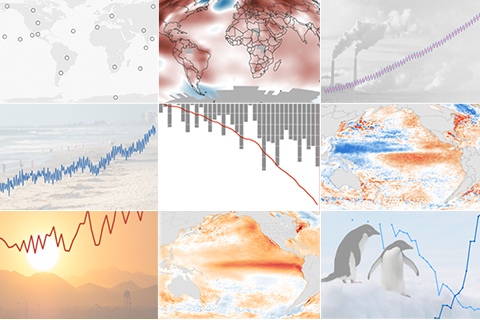
Every year hundreds of scientists from scores of countries team up to give the Earth's climate a comprehensive physical. Edited by NOAA scientists and published by the American Meteorological Society, the State of the Climate in 2015 draws on tens of thousands of observations of everything from forest fires to fish migration to catalog climate variability and change.
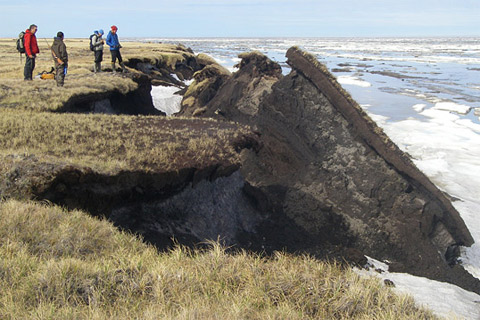
Ocean waves slowly eat away coastal cliffs the world over, but in parts of Alaska, these processes have accelerated due to changing climate. These photos document a cliff collapse near Drew Point in the late 2000s.

In the midst of a drought in 2008, biologists discovered dead Coho and steelhead trout in a tributary of the Russian River. When the dust settled, the focus turned to how winegrowers and other water users could reduce their impact. The event provided the parties involved—winegrowers, conservationists, and the water agency—an opportunity to find common ground in the realm of science.
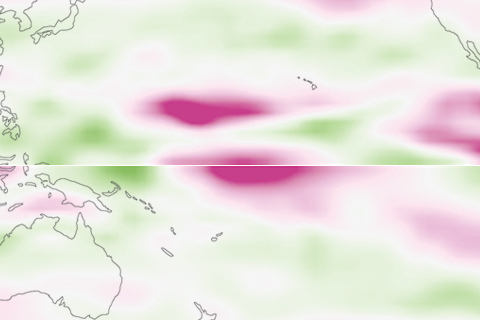
Add a new item to the list of things that have migrated in response to climate change: the latitude where hurricanes reach their maximum intensity. The shift was accompanied by increasing vertical wind shear near the equator.

In response to recent decades' warming, forests in the eastern United States have been "inhaling" more carbon dioxide through photosynthesis than they've “exhaled” through respiration.
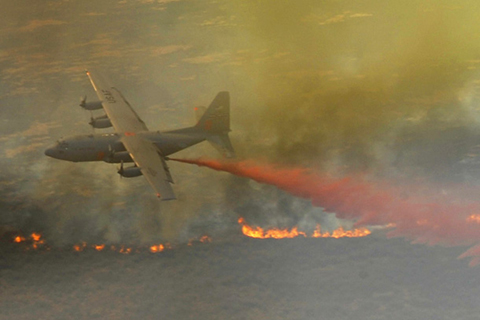
In April 2011, Texas was in the midst of what may have been its worst fire season in history. As the season began, NOAA outlooks and observations helped fire managers think strategically about where their resources could be most effective.